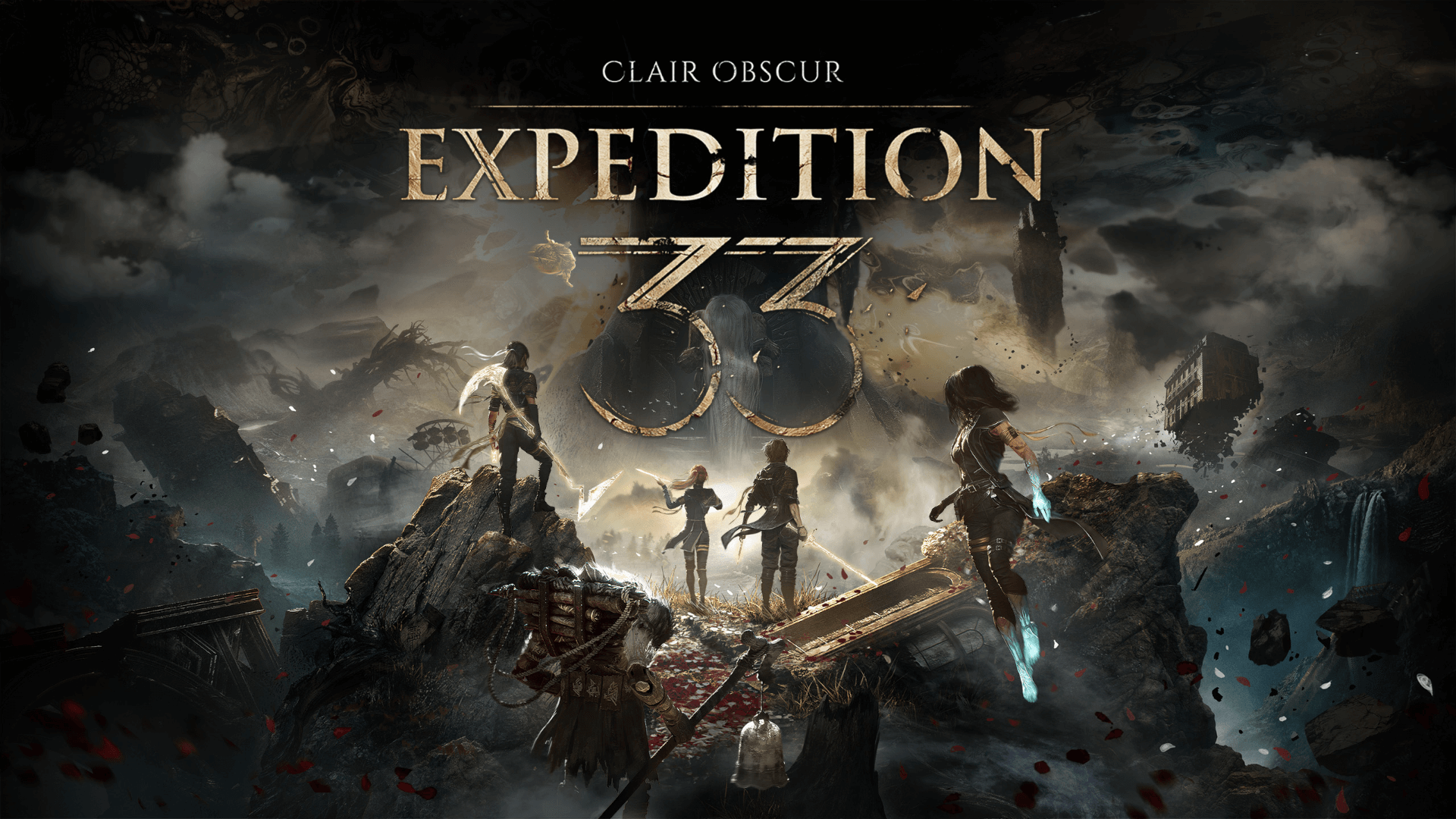News: Hexen: Beyond Heretic Retrospective - A dark fantasy FPS legend

✪ Introduction
The dark fantasy shooter
Hexen: Beyond Heretic,
released on October 30, 1995, for MS-DOS, with later ports to consoles in 1997, stands as a seminal first-person
shooter (FPS) developed by Raven Software and published by id Software. As the sequel to 1994's Heretic and the
second entry in the "Serpent Riders" trilogy, it concluded with Hexen II in 1997. The title, derived from the
German "Hexen" meaning "witches" or "to cast a spell," reflects its dark fantasy setting.
Hexen was met with highly positive reviews upon release, particularly for its non-linear level design and three
playable characters, though console ports faced criticism for technical issues. Its legacy, as of May 10, 2025,
includes a thriving modding community and influence on modern FPS design.
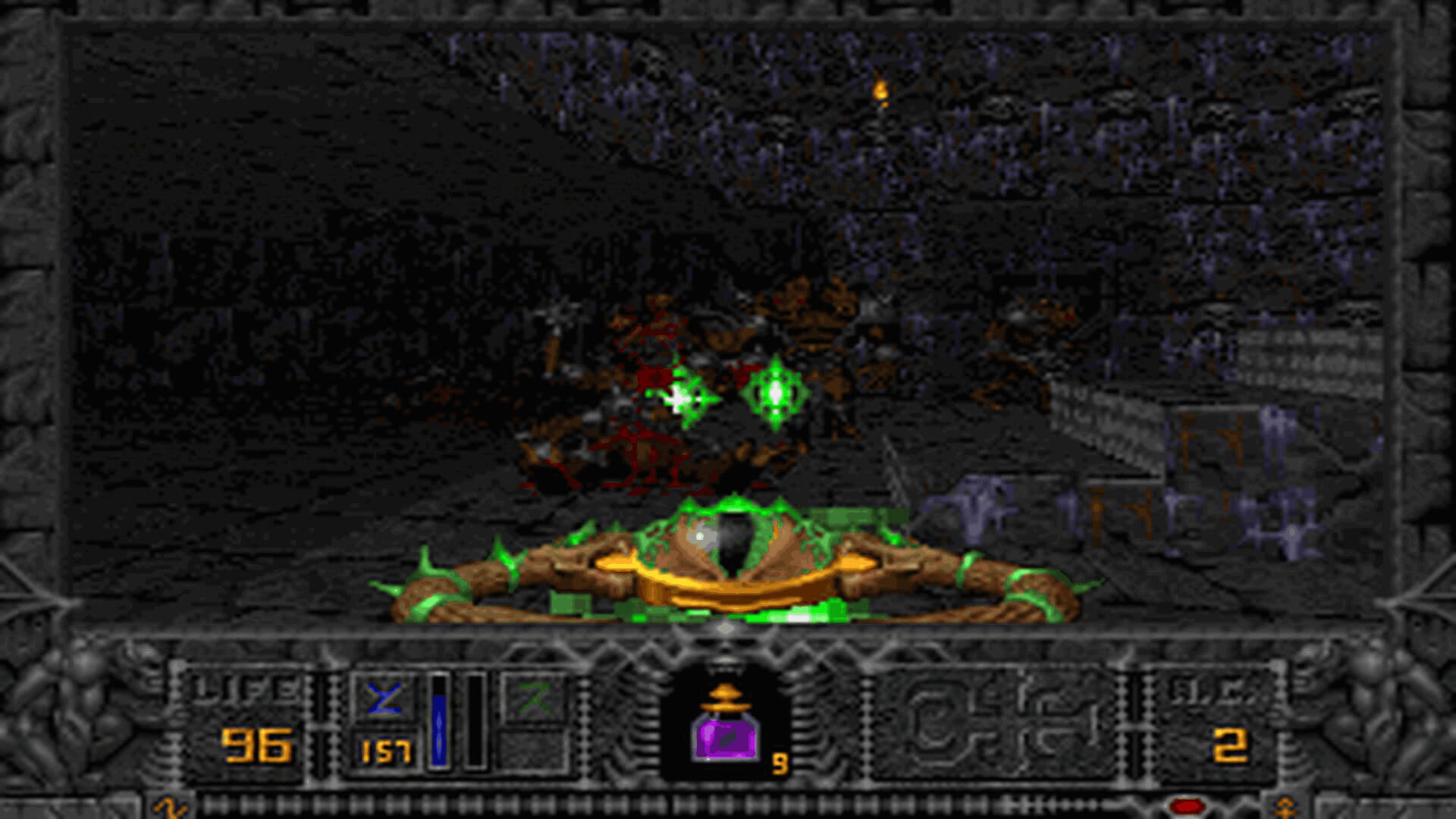
✪ Development History
Development began post-Heretic in 1994, with Raven Software leveraging a modified Doom engine on NeXTSTEP.
Key innovations included jumping, looking up/down, and the hub system, allowing non-linear level progression.
The engine supported 8-player network play and introduced Action Code Script (ACS), a C-like scripting for
level interactions. The source code, released January 11, 1999, under a non-commercial license, and re-released
September 4, 2008, under GNU GPL-2.0-only, enabled ports to Linux, AmigaOS, and OS/2.
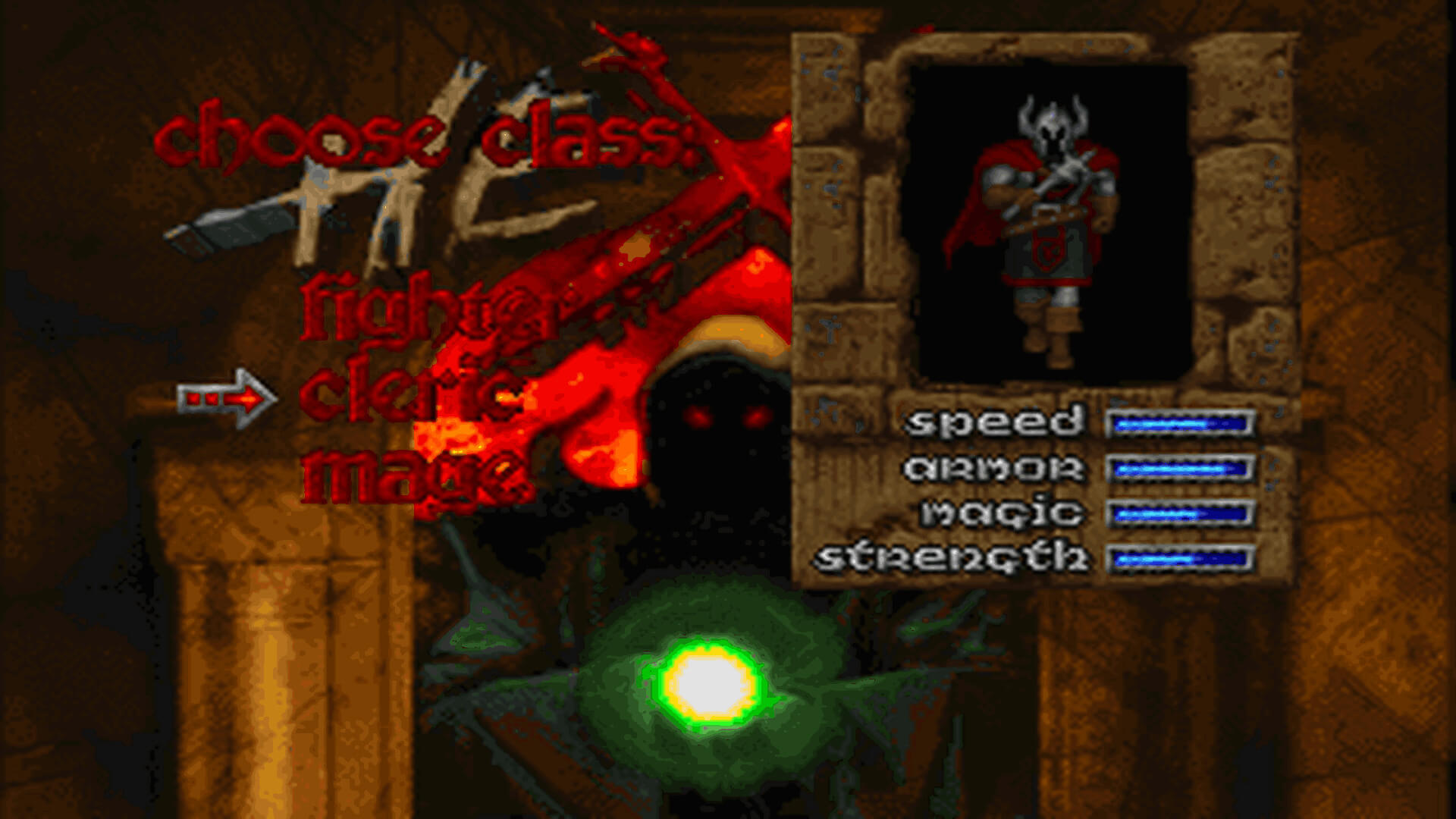
✪ Gameplay and Mechanics
Hexen is a fantasy FPS with single-player and multiplayer modes, offering three character classes: Fighter
(Baratus), Cleric (Parias), and Mage (Daedolon). Each has unique weapons (four each), differing in speed,
armor, and health, with items like flechettes behaving differently per class, suiting combat styles.
The Fighter is tough and fast, the Mage uses long-range spells but is fragile and slow, and the Cleric balances
melee and ranged. The hub system, a novel feature, connects central and side levels for solving larger puzzles,
requiring series of items or switches. The inventory system, from Heretic, includes new items like "Disc of
Repulsion" (pushes enemies) and "Icon of the Defender" (invincibility, class-specific). Levels feature secrets,
puzzles, and atmospheric effects like earthquakes, with verticality from jumping and looking up/down, enhancing
exploration.
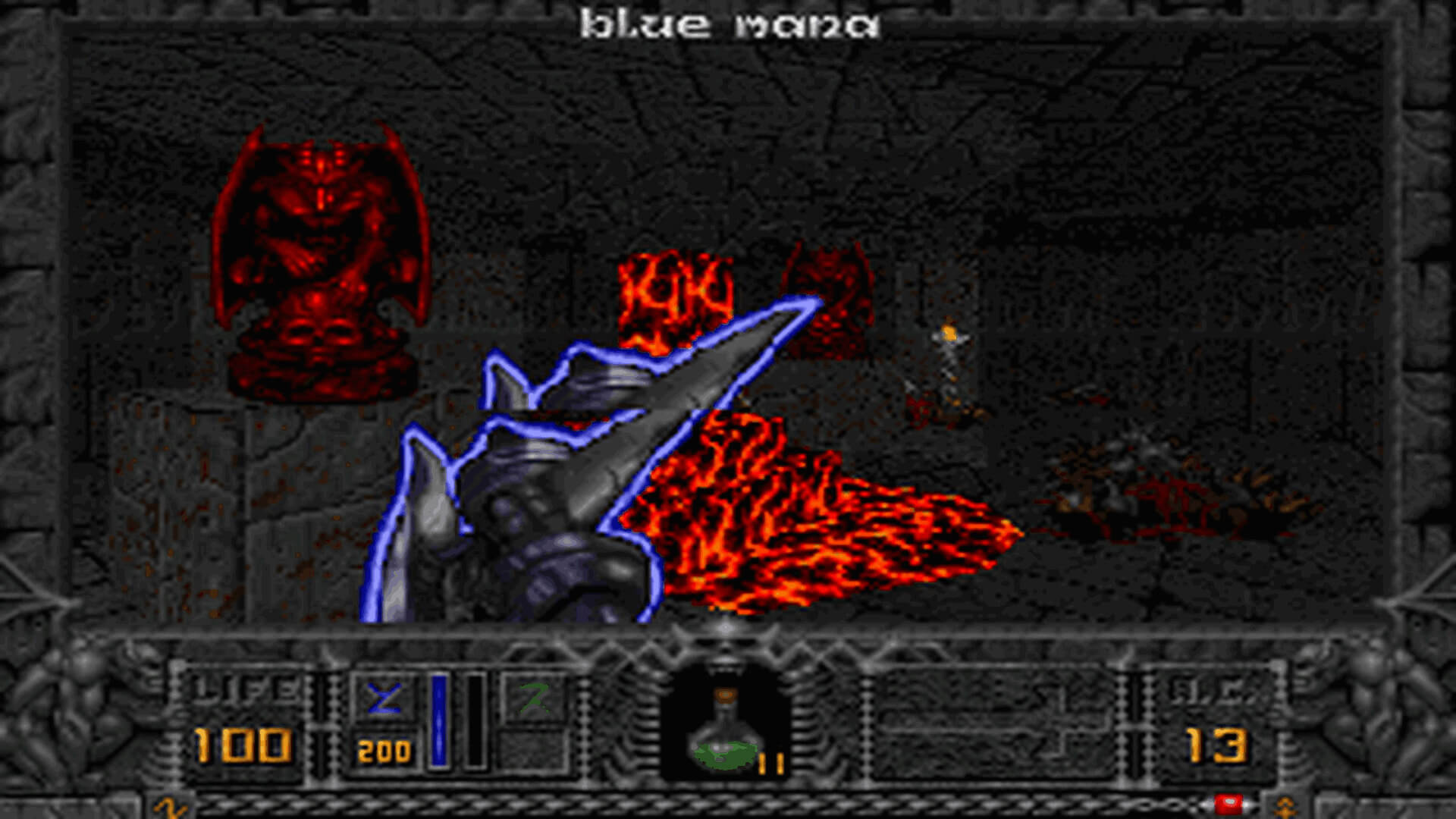
✪ Game Expansion
The expansion Deathkings of the Dark Citadel (September 3, 1996) added three hubs (The Blight, The Constable's
Gate, The Nave), 20 new single-player levels, 6 deathmatch levels, with challenging puzzles and secret levels,
ending in an arena with teleporting monsters and three bosses (Fighter, Cleric, Mage clones).
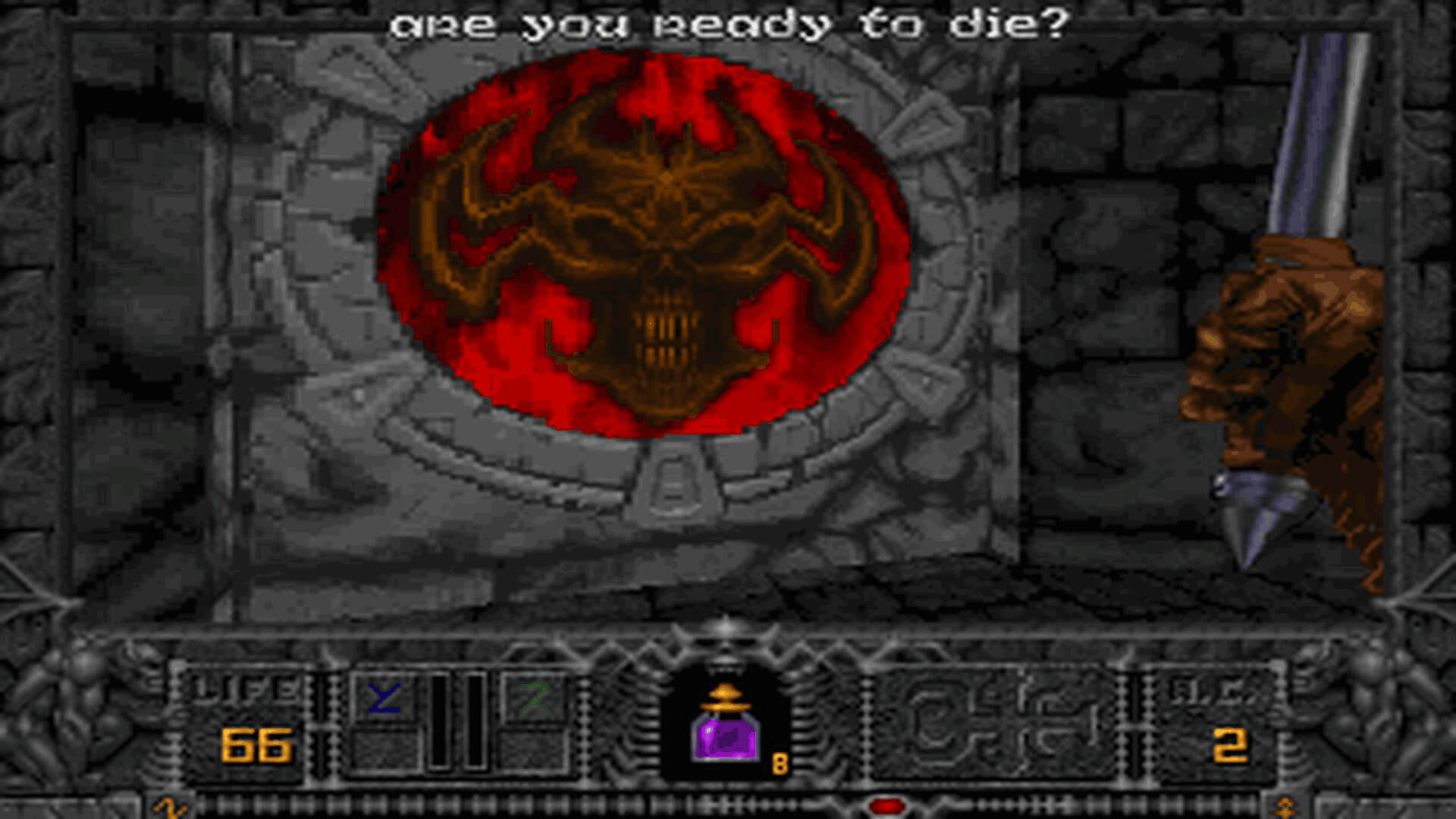
✪ Story and Setting
Set in Cronos, Hexen follows Heretic's defeat of D'Sparil, focusing on Korax, the second Serpent Rider,
with players controlling one of three heroes to destroy him Hexen: Beyond Heretic on Steam. Locations
include elemental dungeons, wilderness, mountainside seminary, large castle, and necropolis, with a dark
fantasy medieval aesthetic.

✪ Reception
The PC version received highly positive reviews, with Maximum giving 5/5 stars and "Maximum Game of the Month,"
Computer Games Strategy Plus naming it best "First-Person Action" of 1995, and Next Generation praising replay
value from character classes.
However, 1997 console ports (PlayStation, Sega Saturn, Nintendo 64) were panned for poor frame rates, controls,
and aging graphics.

✪ Legacy
Hexen's hub system influenced games like Strife, and its character classes became a staple in RPGs and action
games. The 1999 source code release spurred mods, maps, and ports, keeping it alive via source ports like ZDoom.
It's seen as emblematic of mid-90s Doom clones' maze-like design, with a mixed legacy as a "dead end" in FPS design
but inspiring amateur content. Spiritual successors like Amid Evil (2019) carry forward its legacy, and it's still
available on Steam and GOG for PC, reflecting the enduring popularity of Hexen: Beyond Heretic.
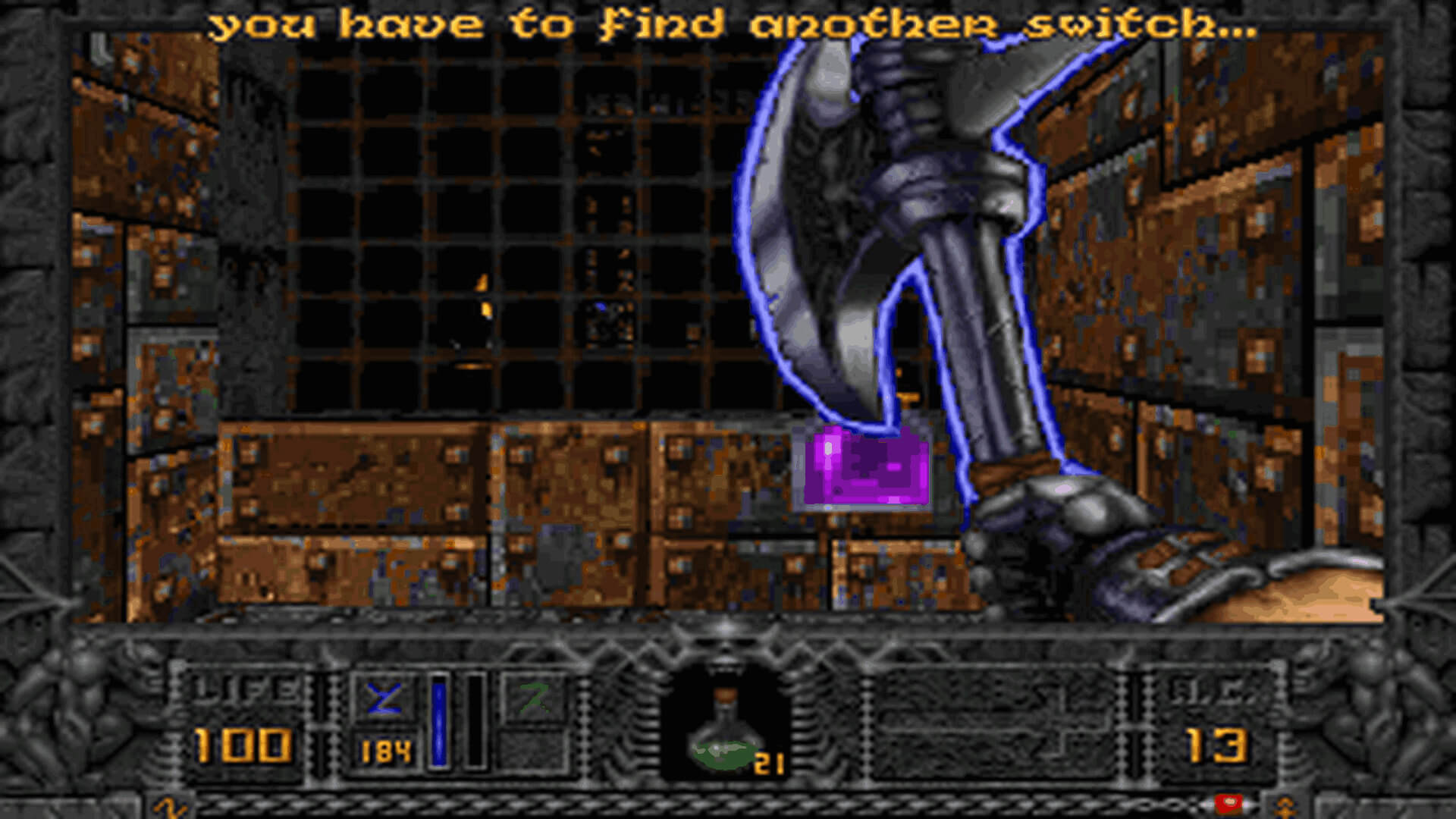
✪ Conclusion
The medieval first-person shooter
Hexen: Beyond Heretic
remains a cult classic, remembered for its innovative hub system, character classes, and dark fantasy charm.
Its technical achievements and influence on FPS design, despite console port criticisms, ensure its place in
gaming history, with a vibrant modding community and modern successors keeping its legacy alive.
